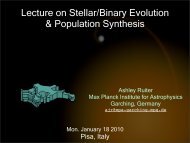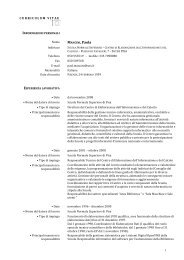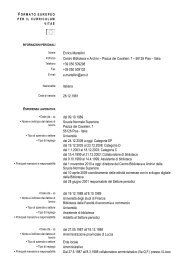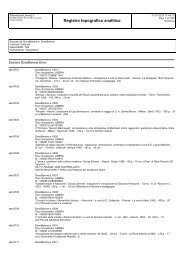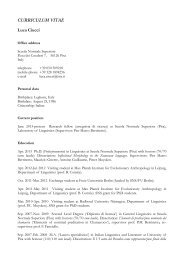Metrics of curves in shape optimization and analysis - Andrea Carlo ...
Metrics of curves in shape optimization and analysis - Andrea Carlo ...
Metrics of curves in shape optimization and analysis - Andrea Carlo ...
Create successful ePaper yourself
Turn your PDF publications into a flip-book with our unique Google optimized e-Paper software.
130−2Figure 10: Examples <strong>of</strong> <strong>curves</strong> <strong>of</strong> different w<strong>in</strong>d<strong>in</strong>g number.<strong>and</strong> α(s) is unique, up to add<strong>in</strong>g the constant k2π with k ∈ Z.Moreover α(s + 2π) − α(s) = 2πI, where I is an <strong>in</strong>teger, known as w<strong>in</strong>d<strong>in</strong>gnumber, or rotation <strong>in</strong>dex <strong>of</strong> ξ. This number is unaltered if ξ is homotopicallydeformed <strong>in</strong> a smooth way.See the examples <strong>in</strong> Fig. 10.The addition <strong>of</strong> a real constant to α(s) is equivalent to a rotation <strong>of</strong> ξ. Wethen underst<strong>and</strong> that we may represent arc parameterized <strong>curves</strong> ξ(s), up totranslation, scal<strong>in</strong>g, <strong>and</strong> rotations, by consider<strong>in</strong>g a suitable class <strong>of</strong> lift<strong>in</strong>gs α(s)for s ∈ [0, 2π].Two spaces are def<strong>in</strong>ed <strong>in</strong> Klassen et al. [28]; we present the case <strong>of</strong> “ShapeRepresentation us<strong>in</strong>g Direction Functions”;Def<strong>in</strong>ition 8.2 let L 2 := L 2 ([0, 2π] → lR); Φ : L 2 → lR 3 is def<strong>in</strong>ed byΦ 1 (α) :=∫ 2π0α(s) ds , Φ 2 (α) :=∫ 2π0cos α(s) ds , Φ 3 (α) :=∫ 2π<strong>and</strong> the space <strong>of</strong> (pre)-<strong>shape</strong>s is def<strong>in</strong>ed as the closed subset S <strong>of</strong> L 2 ,S := { α ∈ L 2 | Φ(α) = (2π 2 , 0, 0) } ;0s<strong>in</strong> α(s) ds .the condition Φ 1 (α) = 2π 2 forces a choice <strong>of</strong> rotation, while Φ 2 = 0, Φ 3 = 0ensure that α represents a closed curve.For any α ∈ S, it is possible to reconstruct the curve by <strong>in</strong>tegrat<strong>in</strong>gξ(s) =∫ s0(cos(α(t)), s<strong>in</strong>(α(t)))dt (8.2)This means that α identifies an unique curve (<strong>of</strong> length 2π, <strong>and</strong> arc parameterized)up to rotations <strong>and</strong> translations, <strong>and</strong> to the choice <strong>of</strong> the base po<strong>in</strong>t ξ(0); forthis last reason, S is called <strong>in</strong> [28] a pre<strong>shape</strong> space.Inside the family <strong>of</strong> arc parameterized <strong>curves</strong>, the reparameterization 11 <strong>of</strong> ξis restricted to the transformation ˆξ(u) = ξ(u − s 0 ), that is a different choice <strong>of</strong>base po<strong>in</strong>t for the parameterization along the curve. Inside the pre<strong>shape</strong> spaceS, the same operation is encoded by the relation ˆα(s) = α(s − s 0 ).To obta<strong>in</strong> a model <strong>of</strong> immersed <strong>curves</strong> up to reparameterization, rotation,translation, scal<strong>in</strong>g we need to quotient S by the relation α ∼ ˆα, for all possibles 0 ∈ lR. We do not discuss this quotient here.We now prove that S \ Z is a smooth manifold. We first def<strong>in</strong>e Z.11 We are consider<strong>in</strong>g only reparameterizations <strong>in</strong> Diff + (S 1 ).53


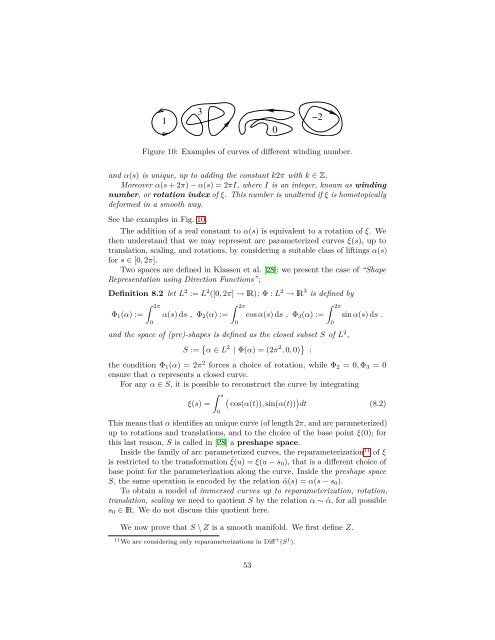

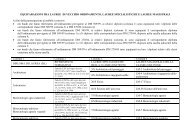
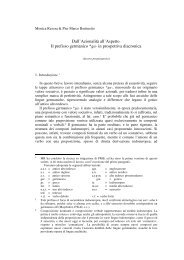
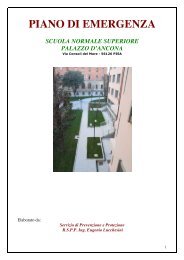
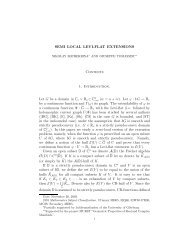
![4. Ghost [Å] vowels in French - Laboratorio di Linguistica](https://img.yumpu.com/49999334/1/184x260/4-ghost-a-vowels-in-french-laboratorio-di-linguistica.jpg?quality=85)


